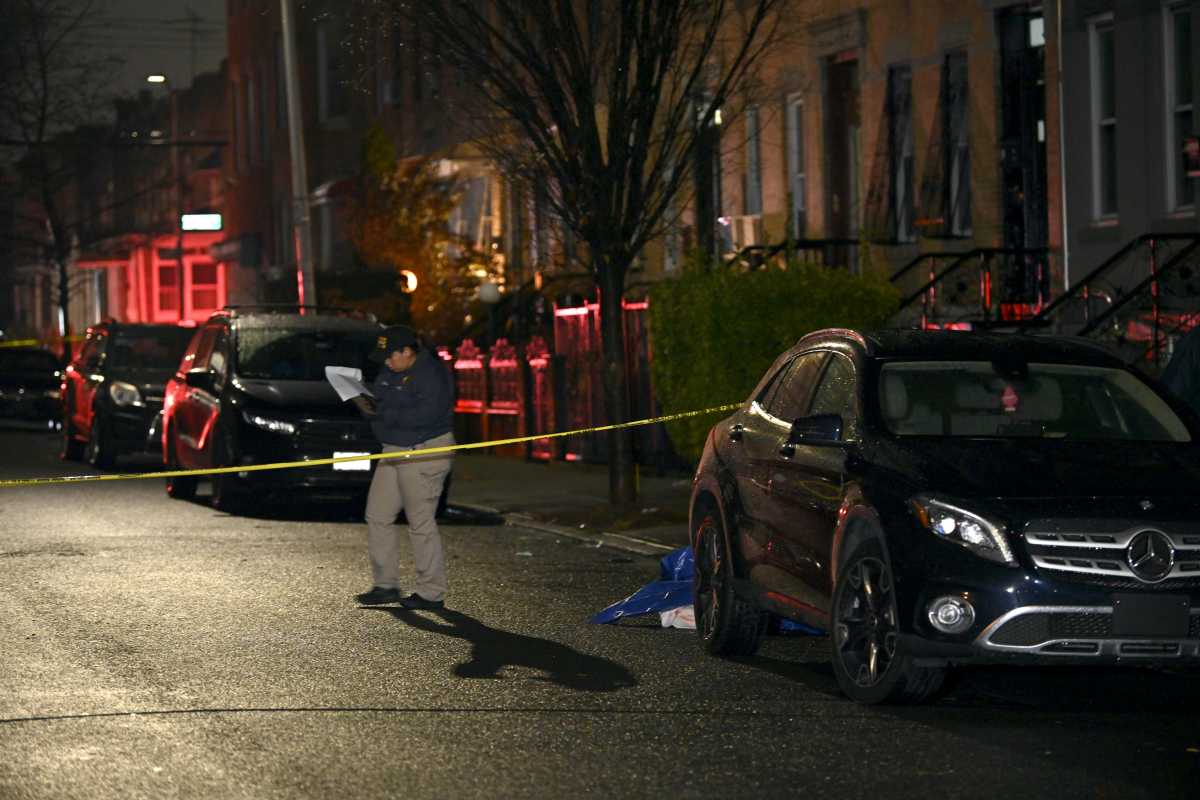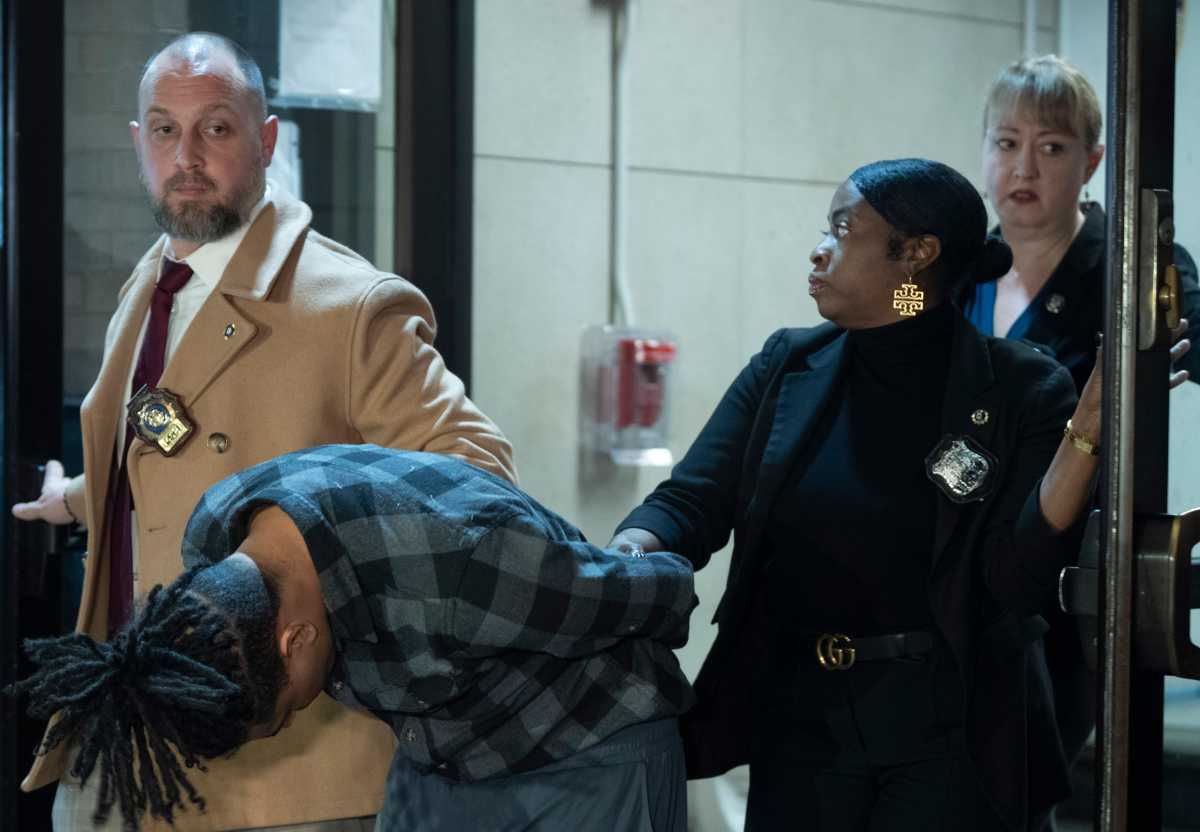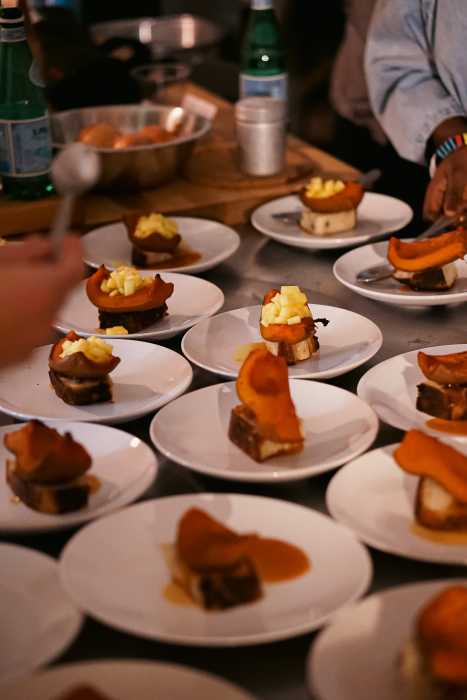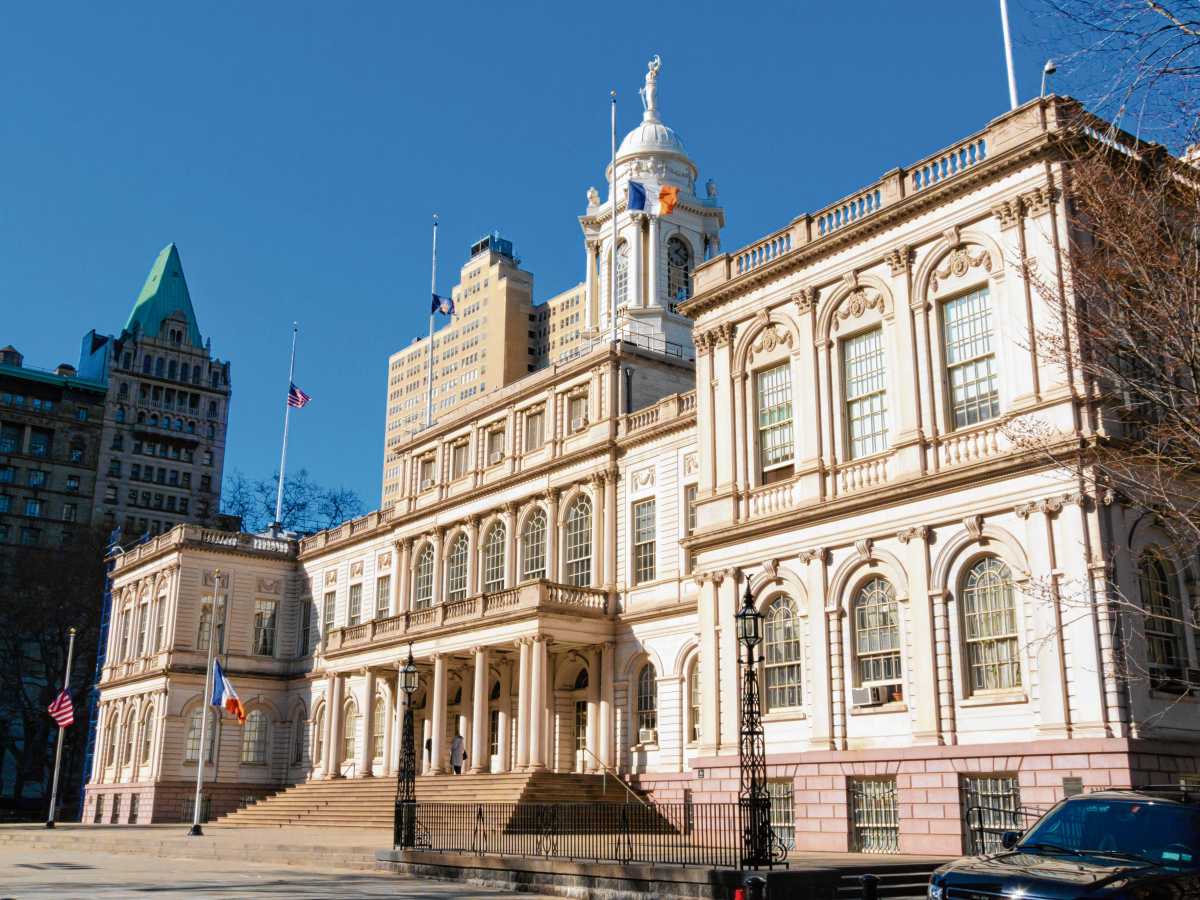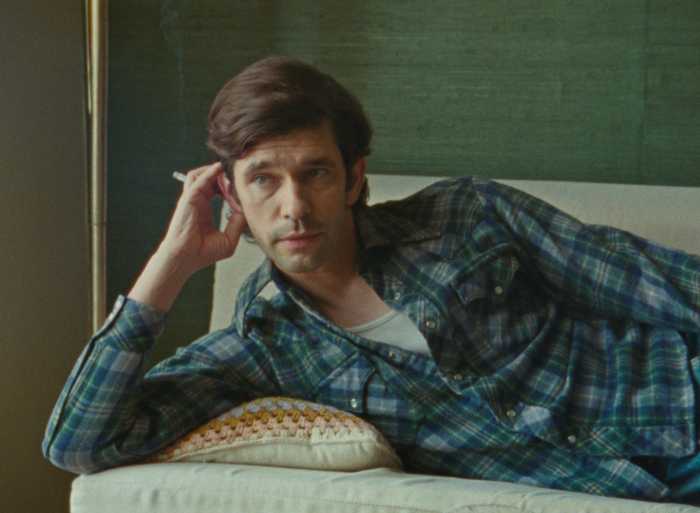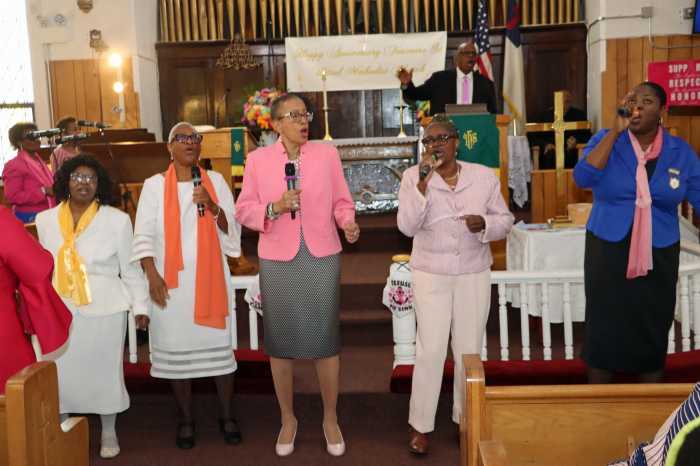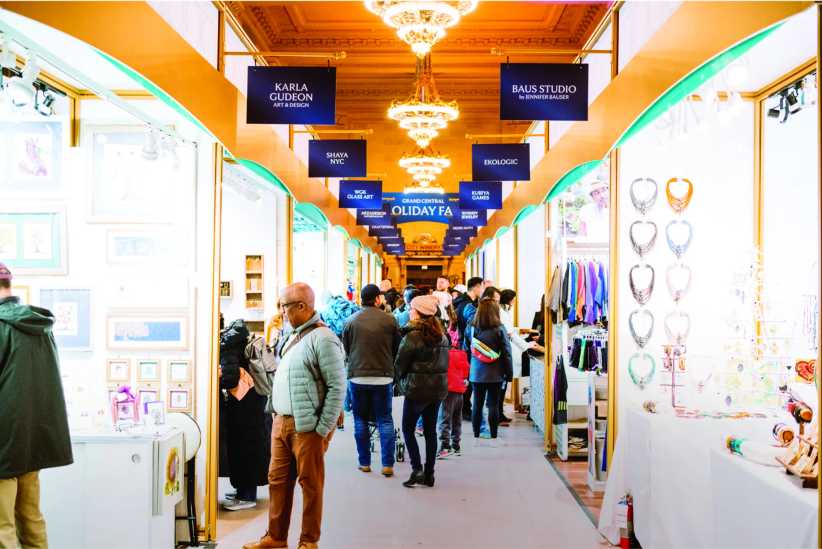Trees have names, too. Just ask Jeff Sandgrund, the highly approachable manager of Fort Greene Park, who led two visitors on a tour of his park’s “tree trail” recently — the only such trail in a New York City greensward.
“I know everything there is to know about trees,” quipped Sandgrund. “This is a hackberry,” he added, examining a sign mounted onto a stake in the ground.
Therein lies the beauty of the Fort Greene Park Tree Trail. Rather than stare dumbly at a beautiful tree and wonder at its identity, visitors will know exactly which tree they’re staring at and how to identify it in the future (without reading the sign).
That’s what the guests learned as they meandered the trail with Sandgrund on a near-perfect spring day.
The park was so calm that they could hear the tapping of feet as squirrels chased each other around tree trunks. Green horse chestnut flowers blanketed a park path.
Sandgrund, who wore a green “Youth in the Park” T-shirt and a sardonic smile (to hide his enthusiasm), led them around the trail, which begins and ends at the visitors’ center, showing them the redbud tree, with its reddish-purple buds and dark, smooth bark, at the Washington Park and Willoughby Avenue entrance.
And the Eastern white pine, at the central DeKalb Avenue entrance.
“It’s the kids’ favorite tree,” according to Sandgrund, for its long limb that arches gently to the ground as though intelligently designed for children to climb on.
And then there’s Sandgrund’s favorite tree, the Osage orange, which produces a hard, green, bumpy fruit known as a “hedge apple.”
“I love the gnarled old look of it,” he said. “It’s a very hardy tree. It’s survived terrible erosion, leaving its roots exposed. You’ve gotta give the tree props for that.”
About 15 percent of the park’s trees are believed to have been planted in the 1860s, when the park was designed by Frederick Law Olmsted and Calvert Vaux, the same architects who built Prospect and Central parks.
“If they’re big and really old looking, it’s a good bet they’re original,” said Sandgrund, helpfully. (Except for the ginkgos, which are from the Robert Moses/Gilmore Clark era.)
There are 39 labeled trees on the trail, representing the approximately 39 species in the park’s 30 acres. But, as Sandgrund pointed out, one needn’t do the whole trail in one day.
“In your general wanderings, you can learn about the trees,” he said.
For a tree trail map, go to the visitors’ center at the top of the park, which is bounded by Myrtle and DeKalb avenues and Washington Park.


